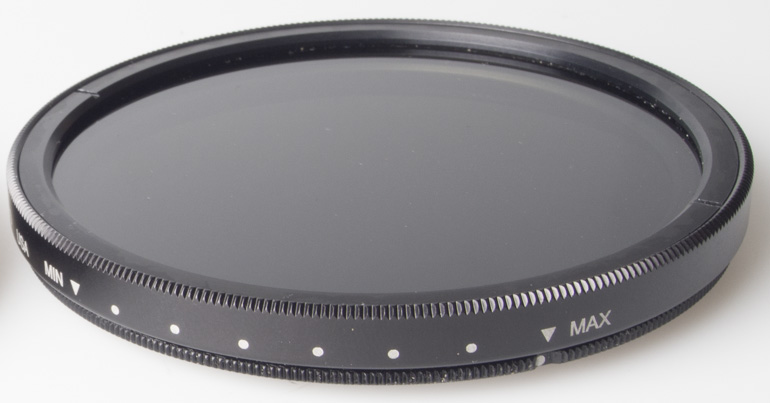The Neutral Density (ND) filter is one of the more useful filters you could include in your collection. Digital image processing can do many things but it can’t reduce the light reaching the film or CCD. That’s the job of the camera’s exposure system and an ND filter throws in a helping hand.
The name explains its purpose. It’s neutral (in colour) and it has a density (level of opaqueness).
Neutral Density filters come in a range of densities. The basic ND2 has a 2x exposure factor (or one f/stop) and an ND4 has 4x (two f/stops). There’s also an ND8 (8x or three f/stops) and a less common ND64 (64x or six stops). You can go even further with specialist ND filters such as the Big Stopper from Lee Filters. This one has ten stops light reduction. So a shutter speed of 1/30sec would need to be increased to 30 seconds!
The filter goes over the lens and reduces the light reaching the film by the exposure factor of the filter.
If, for example, you had an exposure of 1/125sec at f/11 and you added an ND8, the shutter speed would reduce to 1/15sec or the aperture would need to be opened to f/4.
The reason to use an ND filter suddenly become obvious. If you want to force a slow shutter speed, for motion blur, or you want the lens at the widest aperture, for shallow depth-of-field, the ND filter can help.
It can also be used in combination with a flash to effectively reduce the guide number for close range photography.
The ND2 is hardly worth bothering with so we’d suggest you’re first ND filter be a ND4.
And another interesting type is the variable ND, like the one illustrated above. These are variable in strength, but, as reviewers have found, tend to cause criss-cross patterned illumination at stronger settings.
